Sisyrinchium californicum, Yellow-Eyed Grass, is a small perennial about 8 inches tall that forms a little clump of iris leaves with bunches of yellow flowers that appear May through June. Yellow-Eyed Grass likes moist areas, but will become drought tolerant in a conventional garden. They work in a container garden but be careful of crowding. Description from laspilitas.com
Home > Plant Guide >
Scientific Name
Family
Garden Type
Wildlife
Native Plant Region
Light needs
Water Needs
Plant Type
Bloom Color(s)
Height
Width
Months in Bloom
Safe Beneath Power Lines?
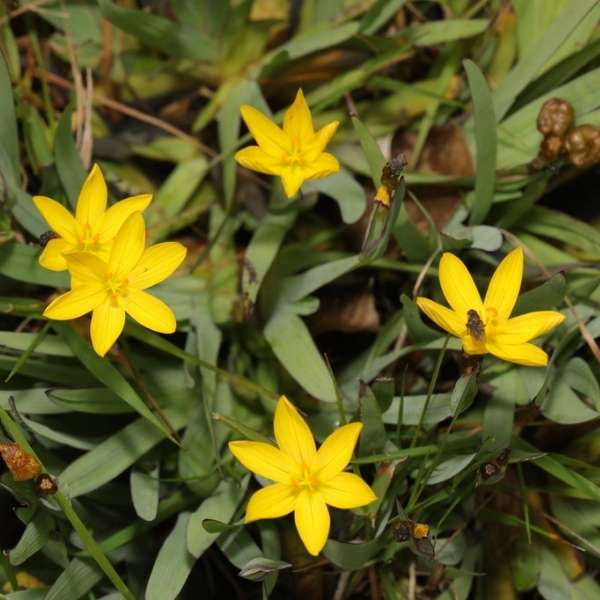
We’d like to maintain accurate and robust plant listings. If you see information that is not correct or that could be added to improve the listing, please let us know. Or if you’d like to suggest a plant to add to our plant guide, you can use this form do so. Thank you!

Start a garden in a planting strip along the street. Explore our interactive corridor map, find what to grow, and start nurturing today.

Protecting the trees and other vegetation that what we currently have is perhaps the most important way to ensure biodiversity in cities.
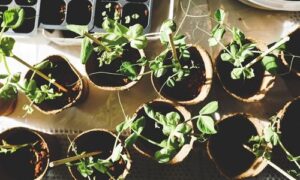
Gardeners can check out seeds for free from the library to plant. Then after harvest, gardeners bring seeds back to the library for others to enjoy in future growing seasons.
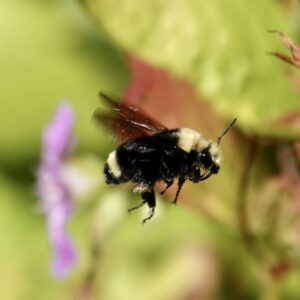
Look closer…and meet the local insects that pollinate the plants around your Seattle neighborhoods. Learn about some of our amazing native pollinating insects.
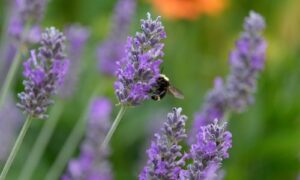
Check out our list of local wildlife-supporting plant stores and nurseries, organizations, and community science opportunities.
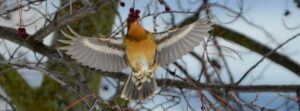
Take a virtual trip across Capitol Hill to learn about urban habitat types, how to identify the unique birds they support, and what we can do to make the neighborhood a safer place for them to live.
Nature of Your Neighborhood is a collaboration between Birds Connect Seattle, the Capitol Hill EcoDistrict, and the Seattle Bird Conservation Partnership. Our goal is to foster relationships between the people and the nature of their neighborhoods.